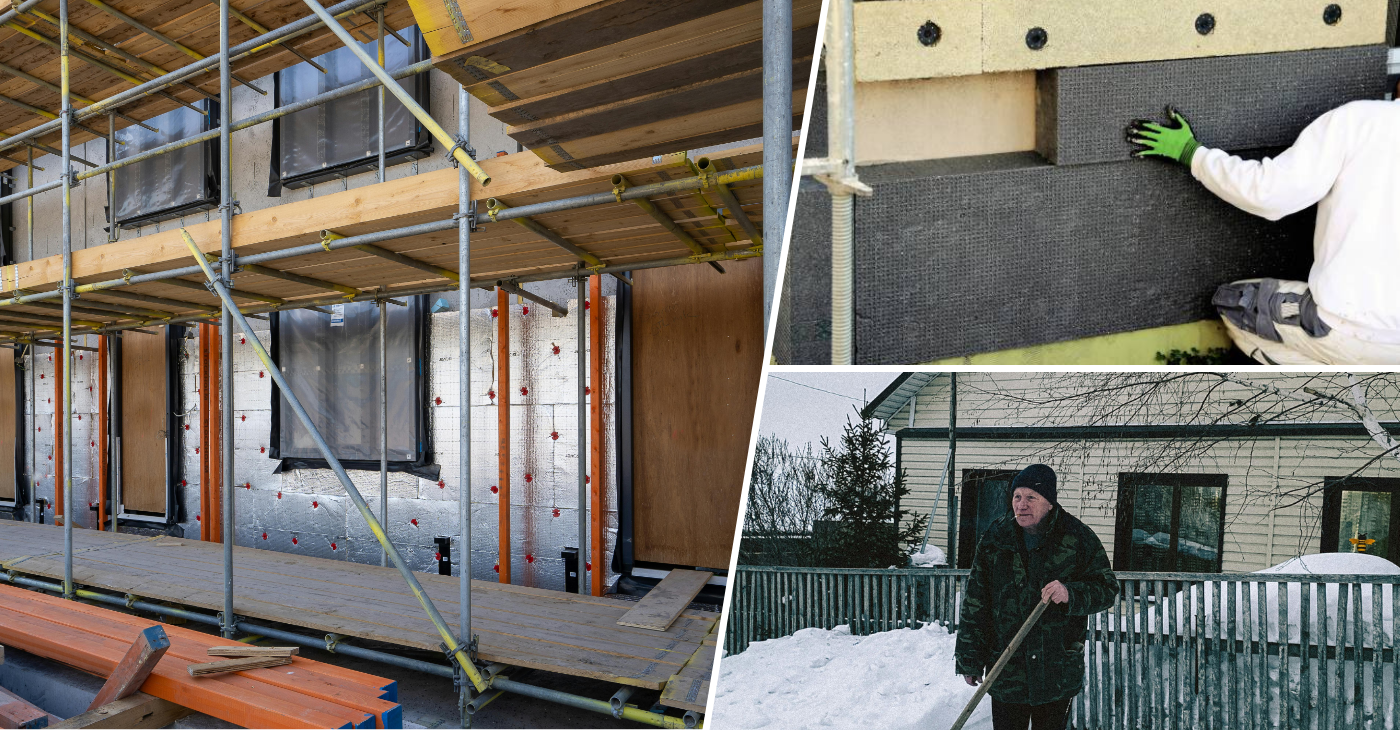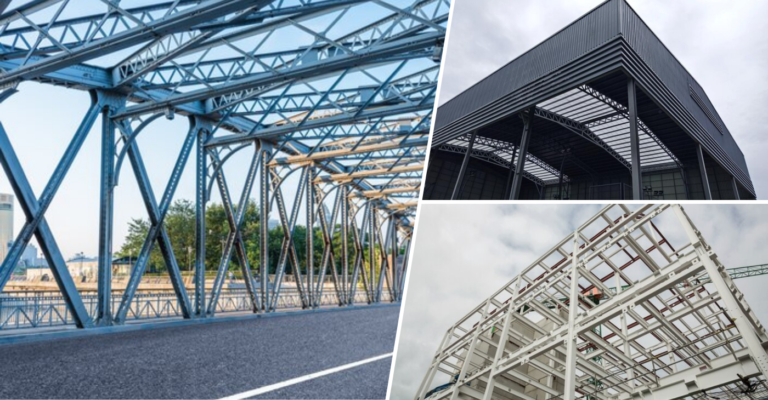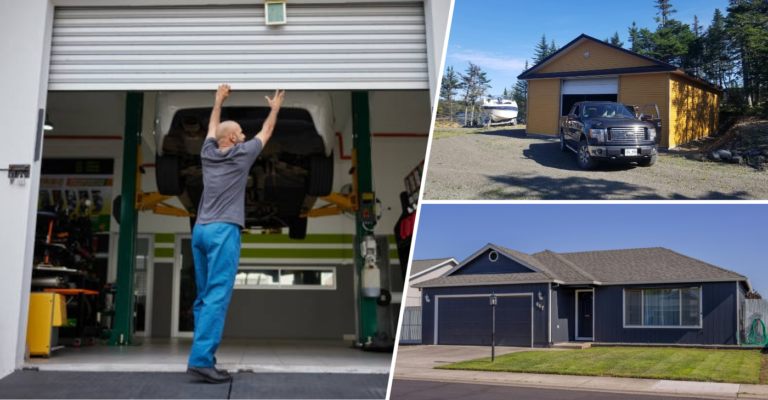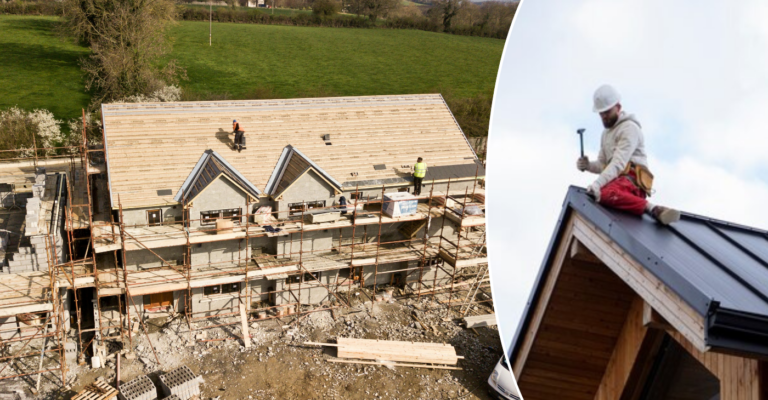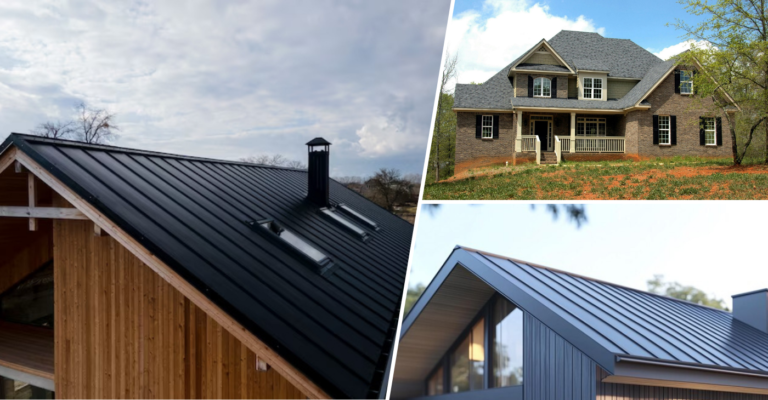Guide: External wall insulation – How it reduces your energy bills
External wall insulation (EWI) is one of the most effective ways to improve your home’s energy efficiency. It’s particularly for older homes with solid walls that aren’t as well-insulated as modern houses. In this guide, we’ll explore how EWI can drastically lower your energy bills, how it is installed, the costs involved, and the benefits it offers.
What is external wall insulation?
External wall insulation is when a layer of insulating material is added to the outside of a home. This layer is then covered with a protective finish like render or cladding. The insulation helps keep heat inside the house, reducing energy loss. It makes homes warmer in winter and cooler in summer. This process improves energy efficiency and lowers heating bills.
Types of external wall insulation
There are several types of materials used for external wall insulation. Each has its own advantages and characteristics. These materials help improve thermal efficiency, reduce heat loss, and lower energy bills. Below are the common types:
-
Expanded polystyrene (EPS): This is a lightweight and affordable material. It insulates well and resists moisture, making it great for many homes.
-
Mineral wool: It is also known as rock woo. This material is strong and fire-resistant. It also blocks noise, but it costs more than EPS.
-
Phenolic foam: This type of insulation is very effective in keeping homes warm with thinner layers. It’s more expensive than EPS but saves space.
-
Wood fibre: This is a natural, eco-friendly material. It allows walls to “breathe” by letting moisture escape, which is good for old houses.
-
Cork: Another eco-friendly option, cork is durable and breathable. It’s great for homes where managing moisture is important.
-
Polyurethane (PIR) boards: These boards are strong and resist moisture well. They provide good insulation without taking up much space.
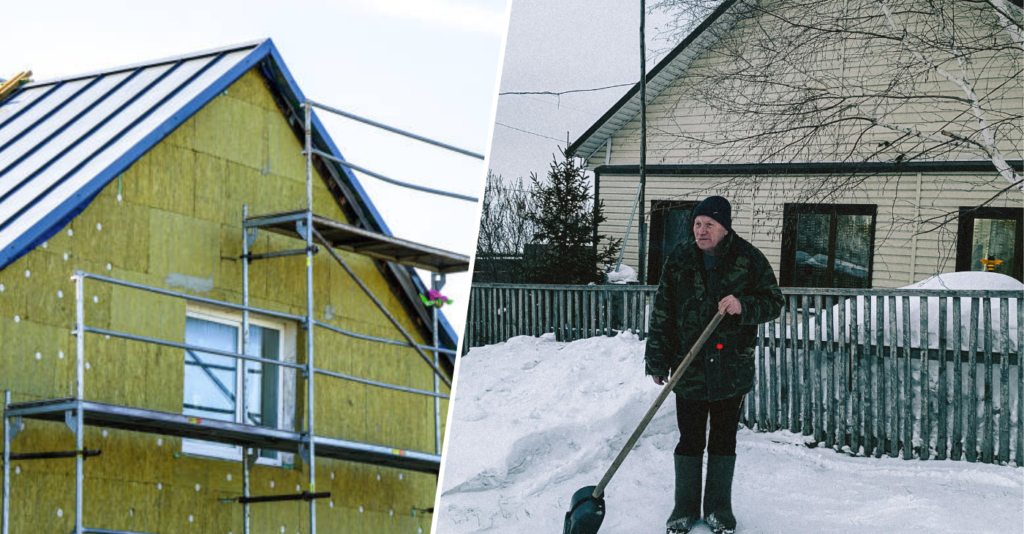
How it reduces energy bills
External wall insulation works by adding a protective layer of insulation to the outside walls of your home. This layer helps trap heat during colder months and keeps your home cooler during summer. It prevents heat from escaping. Your heating system doesn’t need to work as hard, reducing energy consumption and your energy bills.
Homeowners with EWI can expect to save anywhere from £200 to £700 per yea. It depends on the size of the house and its current energy efficiency. The higher your current heating costs, the more you’ll likely save.
How to install it?
The installation of external wall insulation follows a structured process:
-
Assessment and preparation: Before installation, your home is surveyed to identify any potential damp issues or structural weaknesses. The walls are then cleaned and prepped for the insulation boards.
-
Insulation application: Insulation boards made from materials like expanded polystyrene (EPS), mineral wool, or phenolic foam are attached to the exterior walls. Adhesives and mechanical fixings ensure the boards are securely in place.
-
Base coat and mesh: After the insulation is applied, a base coat is layered over the boards, reinforced with a fibreglass mesh to prevent cracking and ensure longevity.
-
Final render or finish: A render or cladding is applied to protect the insulation and give the house a fresh appearance. This outer layer can be customised to match your home’s aesthetics.
What are the different finishing options for wall insulation?
External wall insulation isn’t just about thermal efficiency. It also improves the look of your home. Some popular finishing options include:
-
Render finishes: This is the most common choice and is available in various textures, from smooth to rough, and in a wide range of colours. You can customise your home’s exterior to match your style.
-
Brick slips: These are thin, brick-like tiles that can give your home a traditional appearance.
-
Timber cladding: For those seeking a more natural look, timber cladding can be applied over the insulation.
-
Pebble-dash: A textured finish often used for older homes that adds character while protecting the insulation.
How much does external wall insulation cost?
The cost of external wall insulation varies depending on the size of the property, the material used, and the complexity of the job. For a detached home, costs typically range between £8,000 and £15,000. For smaller homes, such as a semi-detached property, the cost can start at around £4,000. Factors like the need for scaffolding, the type of insulation material, and any additional work (such as replacing pipes or cables attached to the walls) will also influence the total price. However, grants and subsidies may be available, particularly for low-income households, making the installation more affordable.
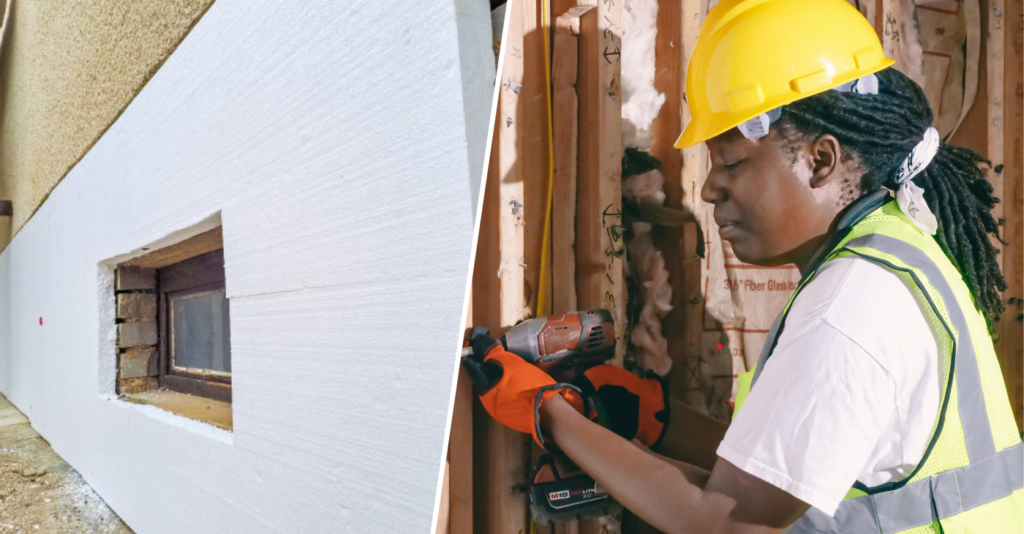
Benefits of external wall insulation
-
Lower energy bills: By improving your home’s heat retention, EWI can significantly reduce the cost of heating your home, especially during colder months.
-
Improved comfort: Homes with EWI are not only warmer in winter but also cooler in summer, making your living environment more comfortable year-round.
-
Enhanced aesthetics: External wall insulation allows you to update the exterior look of your home, making it more modern or preserving a traditional aesthetic with single brick wall insulation or timber finish.
-
Noise reduction: EWI provides soundproofing, making your home quieter, especially if you live in a noisy area.
-
Increased property value: Homes with improved energy efficiency and modern exteriors often see a rise in market value.
How to maintain it
Maintaining external wall insulation is relatively simple. It helps it last longer. Here are some tips to ensure its longevity:
-
Over time, dirt and algae can accumulate on the render. Clean the walls annually using a soft brush or low-pressure washer to keep the render looking fresh.
-
Small cracks may develop in the render over time due to weather changes. It’s essential to repair these quickly to prevent moisture from penetrating the insulation.
-
Inspect areas around windows, doors, and other joints to ensure there’s no damp or water ingress.
-
If you have a coloured render, it may fade over the years. Repainting the surface can bring it back to life and provide an extra layer of protection.
The drawbacks of external wall insulation
While external wall insulation offers many advantages, it does have a few downsides:
-
High initial cost: EWI is more expensive than other forms of insulation, though the long-term savings can offset this.
-
Changes in appearance: Since EWI alters the exterior of your home, it may not be suitable for listed buildings or homes in conservation areas.
-
Disruption during installation: The installation process can take one to two weeks, depending on the size of your home, and requires access to the entire exterior.
Conclusion
External wall insulation is a highly effective solution for reducing energy bills. It helps improve your home’s comfort and appearance. Though the initial investment may be substantial, the long-term savings on energy costs and increased property value. The environmental benefits make it a worthwhile choice for many homeowners. By choosing the right materials, finish, and maintaining your EWI properly, you can enjoy its benefits for decades to come. Read more about cavity wall insulation grants in Wales.

